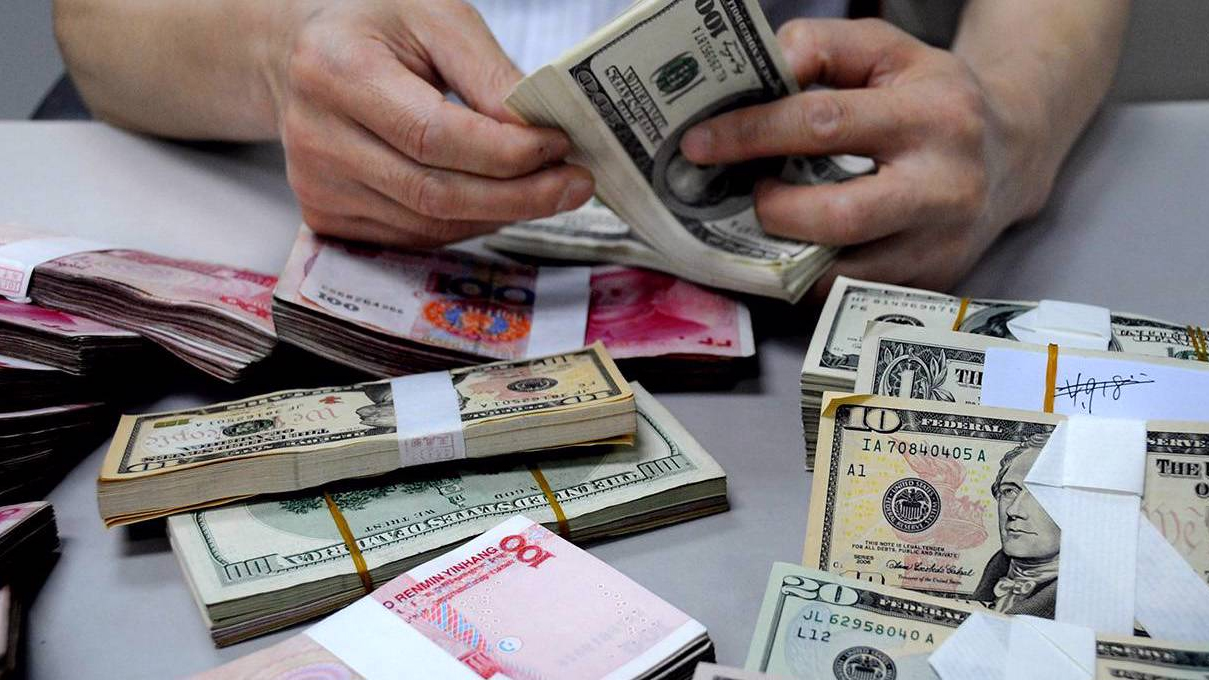
After the selloff into the end of last week, US equity futures recovered in Asian trade, but the earlier rebound wasn’t sustained after a soft regional manufacturing survey. The S&P is little changed in afternoon trading. Stocks in Europe also declined with the Euro Stoxx index closing 0.7% lower. US treasuries rallied and the US dollar made gains against G10 currencies. Brent crude prices edged higher towards US$75 per barrel.
The Ifo expectations index increased to 85.4, above consensus expectations. Germany’s economy has faced cyclical and structural headwinds, but measures of activity have firmed modestly in recent months. The outlook for the economy will be impacted by potential introduction of US tariffs and the ability to form a stable coalition after the election on Sunday.
Market pricing for the European Central Bank (ECB) remained steady. A 25bp cut is fully discounted for next week and a total of 80bp of easing by the end of the year. National Bank of Belgium Governor, Pierre Wunsch, said there is still room to cut rates, but at some point, the Bank may need to pause if economic activity picks up or if inflation isn't falling as quickly as expected. European bonds were little changed with 10-year bund yields closing at 2.47%.
US treasury yields moved modestly lower in line with equities, after the Dallas Fed manufacturing index undershot consensus expectations, which continued the recent run of softer activity data. 10-year treasuries traded to a low of 4.39%, which corresponds with the bottom of the 2025 range.
The euro made initial gains as currency markets opened yesterday, after the centre-right bloc won federal elections in Germany, which suggested it wouldn’t take too long to form a government. However, the move higher faded overnight, and EUR/USD has retraced to fill the gap from Friday’s close. The US dollar is broadly stronger against G10 currencies in offshore trade which contributed to a modest NZD/USD pullback towards 0.5740.
NZ retail sales volumes increased 0.9% in the December quarter beating consensus estimates for a 0.5% increase. It is worth noting however that retail sales volumes are still 9.1% below the peak level from mid-2021. This is the first partial indicator for Q4 GDP which is released on 20 March. We have edged our GDP forecast higher to 0.2% q/q from 0.1%, which is trivially below the RBNZ’s 0.3% projection from the Monetary Policy Statement last week.
NZ fixed income yields moved lower in the local session yesterday catching up with the global rally into the end of last week. 2-year swap rates dipped 3bp to 3.56%. The long end outperformed flattening the curve with 10-year rates closing 6bp lower at 4.21%.
Government bonds largely matched the move in the swap curve. 10-year NZGB yields closed 5bp lower at 4.63%. Australian 10y bond futures are 2bp lower in yield terms since the local close yesterday, implying a modest downside bias, for NZ yields on the open.
There is no domestic data of note today. Euro area negotiated wages are released this evening. This indicator spiked in Q3 which was partly attributed to base effects. The higher frequency European Central Bank wage tracker suggests wage growth is near 4.7% and the Bank expects wages will ease in 2025. The Conference Board measure of US consumer confidence is scheduled overnight.

We welcome your comments below. If you are not already registered, please register to comment.
Remember we welcome robust, respectful and insightful debate. We don't welcome abusive or defamatory comments and will de-register those repeatedly making such comments. Our current comment policy is here.